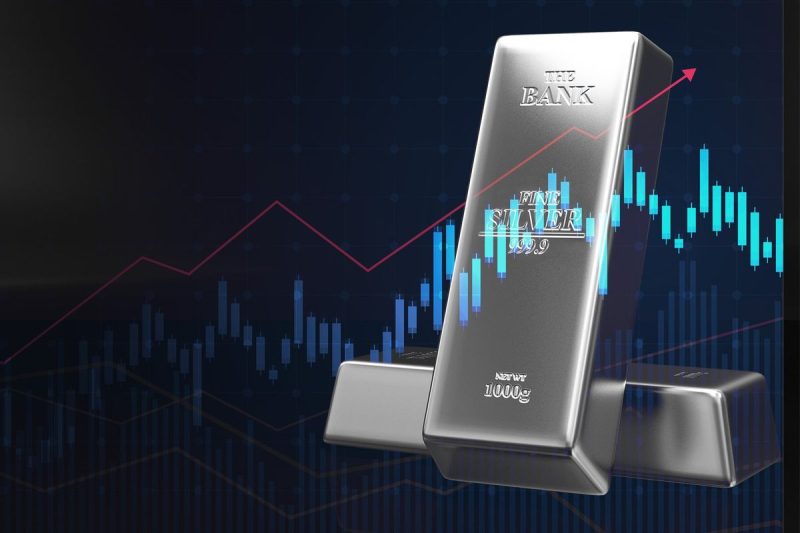In recent years, the volatility of traditional investment assets like stocks and bonds has encouraged many investors to explore alternative options. One such option that has garnered significant attention is investing in silver bullion. Silver, often referred to as the poor man’s gold, has long been considered a valuable asset due to its unique properties and various industrial applications. As investors weigh the possibility of adding silver bullion to their portfolios, it is important to consider its advantages and potential drawbacks.
Advantages of Investing in Silver Bullion
1. Intrinsic Value: Silver has intrinsic value as a precious metal, making it a timeless store of wealth. Unlike fiat currencies that can be devalued by inflation or economic instability, silver maintains its worth over time.
2. Diversification: Adding silver bullion to a diversified investment portfolio can help mitigate risk. Silver tends to have a low correlation with traditional assets like stocks and bonds, providing a hedge against market downturns.
3. Industrial Demand: Silver is not just a precious metal but also an essential component in various industrial applications, including electronics, solar panels, and medical devices. The strong demand for silver in these sectors can provide support for its price.
4. Accessibility: Investing in silver bullion is relatively accessible to individual investors, as it can be purchased in various forms, such as coins, bars, and rounds. This allows investors to easily buy and sell silver as needed.
5. Portfolio Protection: Silver has historically served as a safe-haven asset during times of economic uncertainty and geopolitical instability. Holding physical silver can provide protection against currency devaluation and financial market turbulence.
Drawbacks of Investing in Silver Bullion
1. Volatility: Like other commodities, the price of silver can be highly volatile, leading to fluctuations in its value. Investors should be prepared for price swings and exercise caution when investing in silver bullion.
2. Storage and Security: Holding physical silver bullion requires adequate storage and security measures to protect the investment from theft or damage. Secure storage options may involve additional costs and considerations.
3. Liquidity: While silver is a widely traded commodity, the liquidity of physical silver can vary depending on market conditions. Selling silver bullion may not be as immediate or straightforward as selling stocks or bonds.
4. Counterparty Risks: Investing in silver bullion involves no counterparty risk, unlike certain financial instruments. However, purchasing silver through third-party dealers or storage facilities can introduce counterparty risks that investors should be aware of.
5. Price Manipulation: The silver market has faced allegations of price manipulation in the past, which can impact the fair pricing of the metal. Investors should stay informed about market dynamics and potential risks of manipulation.
In conclusion, investing in silver bullion can offer distinct advantages for investors seeking diversification, protection against economic uncertainty, and exposure to a tangible asset with intrinsic value. However, potential drawbacks such as volatility, storage considerations, and market risks should be carefully considered before making investment decisions. Ultimately, the decision to invest in silver bullion should align with an investor’s financial goals, risk tolerance, and overall investment strategy. By understanding both the benefits and challenges associated with silver bullion, investors can make informed decisions to enhance their portfolios and safeguard their wealth in the long run.

